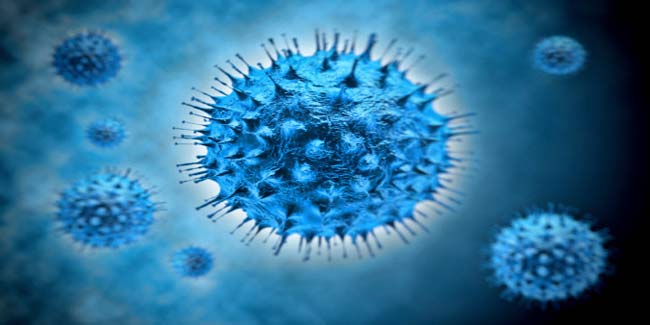
Shingles, also known as herpes zoster or just zoster, occurs when a virus in nerve cells becomes active again later in life and causes a skin rash. The virus that causes shingles, the varicella-zoster virus, is the same virus that causes chickenpox.
Table of Content:-

The virus travels through nerves, often causing a burning or tingling sensation in the affected areas. Two or three days later, when the virus reaches the skin, blisters appear grouped along the affected nerve. The skin may be very sensitive, and you may feel a lot of pain.
Who is at risk?
If you have had chickenpox, you are at risk of developing shingles. However, the virus doesn't reactivate in everyone who has had chickenpox. Shingles most often appears in people older than 50 and in people with weakened immune systems. If you are having treatment for cancer, for example, you are more likely to get shingles. People with HIV commonly get shingles, which is often one of the first signs that the immune system is in trouble.
Your chances of getting shingles increase as you get older, although the disease can occur at any age. When shingles appears in children, which is uncommon, it usually is very mild.
Potential complications
Post-herpetic neuralgia — Those who get shingles experience long-term pain in the area of skin where blisters occurred, even after the rash has healed completely. This condition may last for months or, very rarely, years. Severe pain is most common in older patients and often is accompanied by extreme sensitivity to heat and cold in the affected area of skin.
Herpes zoster ophthalmicus — This occurs when shingles involves the eye. Herpes zoster ophthalmicus can affect your vision, even causing blindness, and can be very painful.
Otic zoster — Also called Ramsay Hunt syndrome or geniculate zoster, otic zoster occurs when shingles affects the ears. It can cause hearing loss.
Bell's palsy — Shingles can cause Bell's palsy, in which a facial nerve is paralyzed.
Expected Duration
Shingles usually takes 7 to 10 days to run its course, although blisters may take several weeks to disappear completely. Within 4 weeks, the appearance of your skin most likely will return to normal. Some people are left with dark spots on the skin in the area of the original rash.
The duration of pain is highly variable. Most people's pain decreases within 2 or 3 months. However, some may have pain for many months that may last longer than 1 year.
How we keep this article up to date:
We work with experts and keep a close eye on the latest in health and wellness. Whenever there is a new research or helpful information, we update our articles with accurate and useful advice.
Current Version